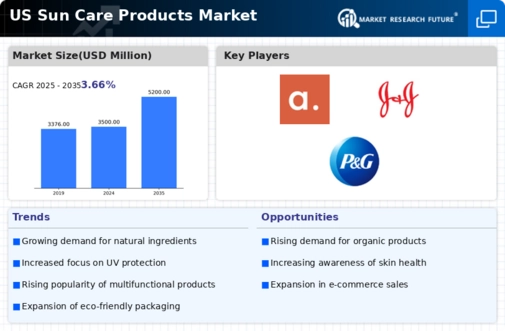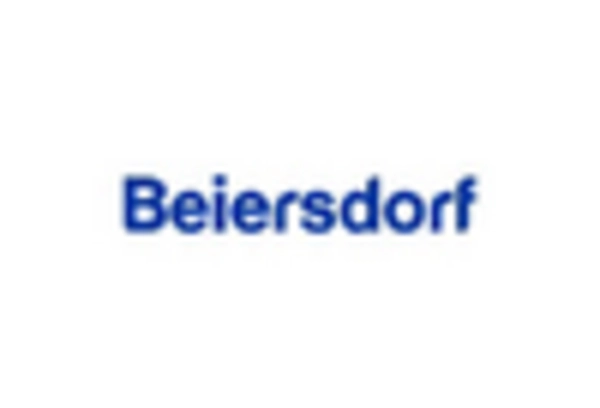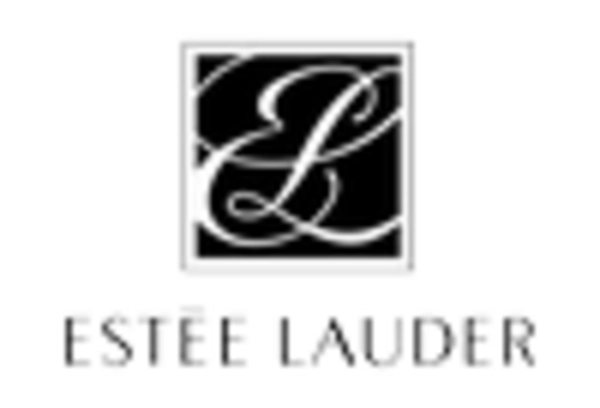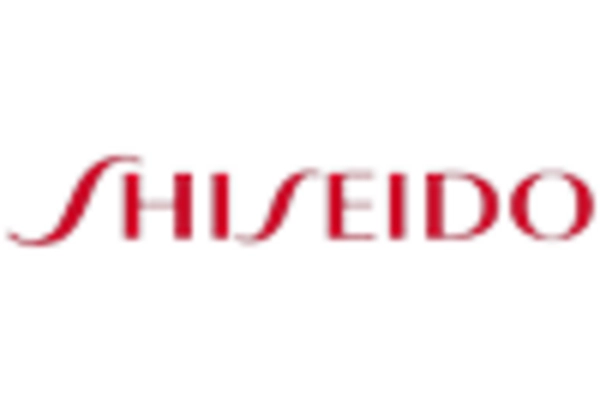Regulatory Changes and Standards
Regulatory changes and evolving standards play a crucial role in shaping the sun care-products market. The US Food and Drug Administration (FDA) has implemented stricter guidelines regarding labeling and safety testing for sun care products. These regulations aim to ensure consumer safety and product efficacy, which can enhance consumer confidence in sun care products. As manufacturers adapt to these regulations, they may invest more in research and development to comply with new standards. This shift could lead to improved product offerings and, consequently, a more robust market. The ongoing evolution of regulatory frameworks is likely to influence market dynamics significantly.
Increasing Awareness of Skin Health
The growing awareness of skin health among consumers is a pivotal driver for the sun care-products market. Educational campaigns and dermatological recommendations have led to a heightened understanding of the risks associated with UV exposure. As a result, consumers are increasingly seeking products that offer effective protection against harmful rays. In 2025, it is estimated that nearly 70% of adults in the US regularly use sun care products, reflecting a significant shift in consumer behavior. This trend is likely to continue as more individuals recognize the long-term benefits of sun protection, thereby propelling the sun care-products market forward.
Rising Outdoor Activities Participation
The increasing participation in outdoor activities is a significant driver for the sun care-products market. As more individuals engage in sports, travel, and leisure activities, the need for effective sun protection becomes paramount. In 2025, it is estimated that over 50% of the US population engages in outdoor activities regularly, leading to a surge in demand for sun care products. This trend is particularly pronounced among younger demographics, who are more likely to prioritize sun protection as part of their active lifestyles. Consequently, brands are expanding their product lines to cater to this growing consumer base, thereby enhancing market dynamics.
Technological Advancements in Formulations
Innovations in formulation technology are transforming the sun care-products market. New ingredients and delivery systems enhance the efficacy and user experience of sun protection products. For instance, the introduction of water-resistant formulations and non-greasy textures has made sun care more appealing to consumers. Additionally, advancements in SPF testing methods have led to more accurate labeling, fostering consumer trust. The market is projected to grow at a CAGR of 5% from 2025 to 2030, driven by these technological improvements. As consumers demand higher performance from their sun care products, manufacturers are compelled to innovate, further stimulating market growth.
Influence of Social Media and Celebrity Endorsements
The impact of social media and celebrity endorsements on consumer behavior is a significant driver in the sun care products market. Influencers and public figures often promote sun care products, creating a perception of necessity among their followers. This trend has led to increased visibility and desirability of various brands, particularly among younger consumers. In 2025, it is projected that social media marketing will account for approximately 30% of total marketing expenditures in the beauty and personal care sector, including sun care. As brands leverage these platforms to reach wider audiences, the sun care-products market is likely to experience accelerated growth.

















Leave a Comment